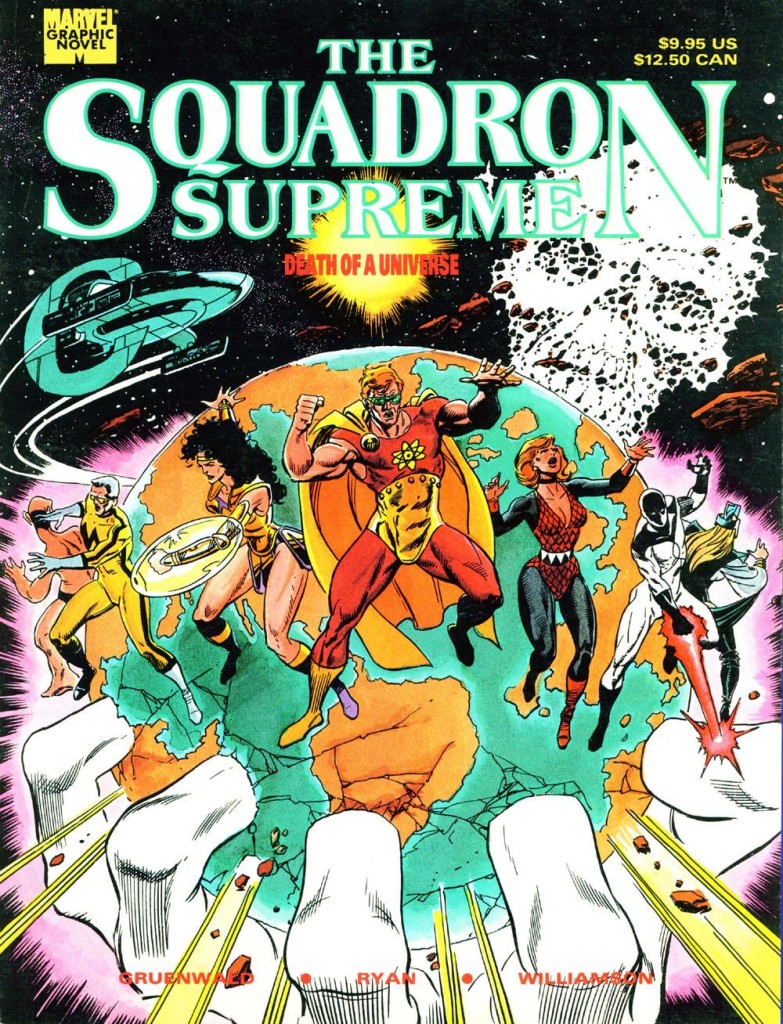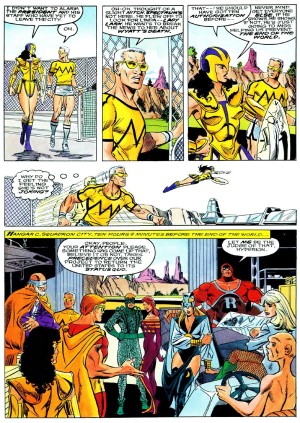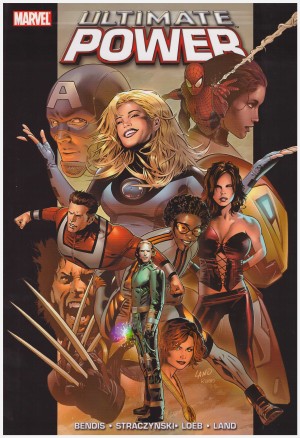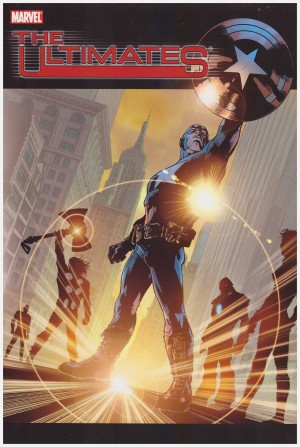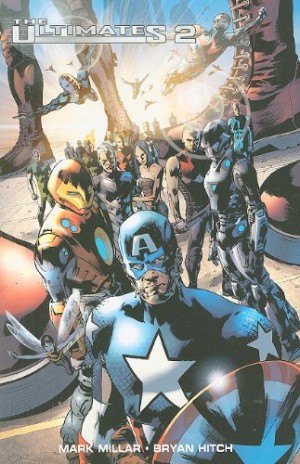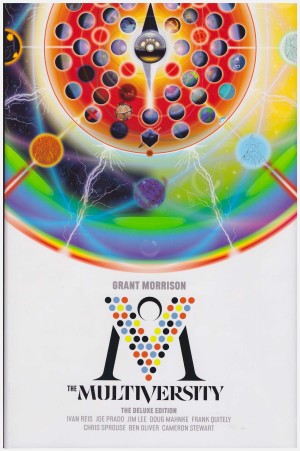Review by Frank Plowright
Death of a Universe presents exactly that, and is up front about it from the start. It begins a week after Mark Gruenwald’s Squadron Supreme concluded and ten hours before the end of the universe. The Squadron have just announced to the President that they’re relinquishing control of society, that their experiment was a mistake however well-intentioned, when they’re informed of an imminent threat to the sun. Also aware of events is Hyperion’s arch enemy, the genius scientist Emil Burbank, and the Scarlet Centurion, a despot from the future who’s keen to observe how matters play out.
To be fair to Gruenwald he doesn’t cheat, but what he does is centre his plot around the pay-off to another of his previous titles The Project Pegasus Saga. As the plot hinges on such an obscurity, all these years later it makes for an extremely unsatisfying conclusion.
The remainder of the book has some nice touches, but lacks the quizzical depth of Gruenwald’s previous look at the Squadron Supreme. The closing page with the Scarlet Centurion is well conceived, as is the conversion of a villain and the surprising death of a cast member, but these moments are wrapped in pages of self-analysing thought bubbles and overwrought soap opera style confrontations. There is no social engineering, nor even the sub-plot of former friends at each other’s throats for very good reason. Instead this is a relatively standard 1980s superhero story, and compares poorly with other material using the same basic premise, such as the Star Thief sequence in Jim Starlin’s Warlock.
Any chance Death of Universe had of being anything more is hampered by Paul Ryan’s pencils. The story is told, but not without any great style, and even the inking of Al Williamson can’t disguise the bland and of their era layouts.
Without Gruenwald’s guiding hand the Squadron Supreme would drift into a status of perennial guest stars, usually somehow deceived and controlled. This oversize edition is long out of print, but a 2006 re-issue reviewed here reduces the pages to standard trade paperback size, and adds several other stories.
